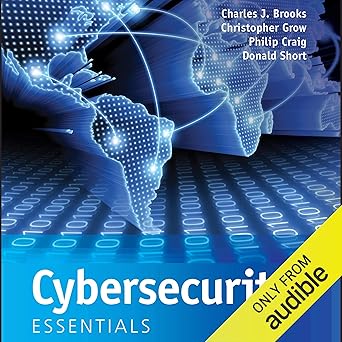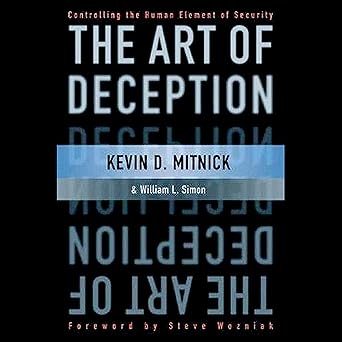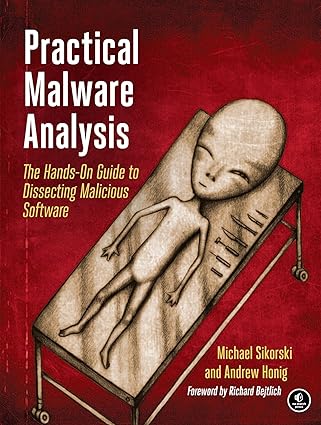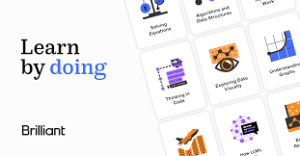Exploring Google’s Cybersecurity Certificate: What You’ll Learn in Module 2
Understanding Module 2 of Google’s Security Certificate on Coursera: A Comprehensive Guide
Cybersecurity is a critical skill in today’s digital world, and Google’s Cybersecurity Professional Certificate on Coursera is designed to prepare learners for entry-level roles in this booming industry. If you’re considering this certificate, diving into what each module offers can help you decide if it’s right for you. In this article, we’ll take an in-depth look at Module 2, unpacking its content, key skills, and how it fits into your cybersecurity learning journey.
Whether you’re starting from scratch or building on existing IT knowledge, Module 2 is pivotal in equipping you with the foundational tools and techniques needed to identify and mitigate cybersecurity threats effectively.
Overview of Module 2: Understanding Security Foundations
Module 2 introduces foundational security concepts essential for anyone pursuing a career in cybersecurity. The content is practical and designed to provide a strong base for more advanced topics covered in subsequent modules.
Key Topics Covered
Cybersecurity Roles and Responsibilities
- Learn about roles such as security analysts, penetration testers, and incident responders.
- Explore how these professionals collaborate to protect an organization’s assets.
Core Security Principles
- Dive into the CIA triad: confidentiality, integrity, and availability.
- Understand data protection methods like encryption and hashing.
Identifying Threats and Vulnerabilities
- Recognize common threats such as phishing, malware, and ransomware.
- Explore real-world case studies on the impact of vulnerabilities.
Implementing Security Controls
- Study technical controls (firewalls, IDS/IPS) and administrative controls (policies and procedures).
- Learn how to configure access controls and permissions effectively.
Risk Management Basics
- Introduction to frameworks such as NIST Risk Management Framework.
- Understand how to assess and mitigate risks in organizational settings.
Interactive Labs in Module 2
The hands-on labs in Module 2 are designed to bridge the gap between theory and real-world application. Here’s a closer look at what you’ll experience:
Lab 1: Analyzing Threat Scenarios
In this lab, learners are presented with simulated cybersecurity incidents. Tasks include:
- Identifying the type of threat (e.g., phishing, ransomware).
- Analyzing how the threat could exploit system vulnerabilities.
- Recommending immediate mitigation steps.
Lab 2: Configuring Access Controls
- Practice setting up user permissions using role-based access control (RBAC).
- Learn to configure multi-factor authentication (MFA) for enhanced security.
- Understand the balance between user access and security.
Lab 3: Implementing Firewalls
- Use virtual tools to configure firewall rules.
- Monitor incoming and outgoing traffic to identify suspicious activity.
- Block specific IPs or domains as part of a proactive defense strategy.
Lab 4: Security Monitoring and Alerts
- Get hands-on with monitoring tools like Splunk or Wireshark.
- Learn to interpret alerts and take appropriate action.
- Simulate responding to a security incident, including log analysis.
These labs not only reinforce theoretical concepts but also give learners confidence in using industry-standard tools, preparing them for on-the-job scenarios.
Recommended Reading and Additional Resources
While the course itself doesn’t mandate additional reading, supplementing your studies with key resources can deepen your understanding. Here are highly recommended books and tools for Module 2:

“Cybersecurity Essentials” by Charles Brooks, Christopher Grow, Philip Craig, and Donald Short
- Why It’s Valuable: This book provides a comprehensive introduction to core cybersecurity concepts, aligning closely with topics in Module 2.

“The Art of Deception” by Kevin D. Mitnick
- Why It’s Valuable: Offers insights into social engineering attacks, a key topic when studying threats and vulnerabilities.
- This book is written by a prolific ex-hacker with a wealth of information and a perspective from the other side of intrusion. It is also free with a trial of Audible.
 “Practical Malware Analysis” by Michael Sikorski and Andrew Honig
“Practical Malware Analysis” by Michael Sikorski and Andrew Honig
- Why It’s Valuable: For learners eager to dive deeper into malware threats and analysis techniques.
- This book is comprehensive and gives both real-word analysis and solutions.
Investing in these resources can enhance your learning and provide a broader context for the course material. It is critical to give yourself as much practice applying the principles learned in the course as possible. This helps the information sink in, and the application with make you all the more ready for employment when the time comes.
FAQs: Popular Questions About Module 2
1. Is this module suitable for complete beginners?
Yes, Module 2 is designed to introduce foundational concepts and does not assume prior knowledge of cybersecurity. The material is accessible, with plenty of support through videos, readings, and practical labs.
2. What tools will I learn to use in Module 2?
Module 2 introduces tools like Splunk, Wireshark, and basic access control configurations. While the labs are simplified for learning purposes, the skills are transferable to professional environments.
3. How much time will I need to complete Module 2?
On average, learners spend about 8–10 hours completing Module 2, including videos, readings, quizzes, and hands-on labs. However, Coursera’s flexible pacing allows you to move faster or slower as needed.
4. Will I earn a certificate for completing Module 2?
Certificates are awarded upon completing the entire Google Cybersecurity Professional Certificate, not individual modules. However, completing Module 2 is a significant step toward earning the full certificate.
5. Can I audit this module for free?
You can audit parts of the course for free, but access to graded assignments, labs, and the final certificate requires a paid subscription (around $39/month).
6. How does Module 2 prepare me for a career in cybersecurity?
Module 2 provides foundational knowledge and hands-on experience with security concepts and tools. These are essential skills for entry-level roles such as security analyst, SOC analyst, or IT support specialist with a cybersecurity focus.
7. Are there any prerequisites for Module 2?
No formal prerequisites are required. However, basic computer literacy and familiarity with IT systems can make the material easier to grasp.
8. Does Google provide additional career support?
Yes, the certificate program includes career resources such as resume templates, interview preparation tips, and access to a job board featuring opportunities from Google partners.
How to Enroll in Google’s Cybersecurity Professional Certificate
Ready to start your cybersecurity journey? Here’s how to enroll in the program:
- Visit the course page on Coursera: Google Cybersecurity Professional Certificate.
- Sign up for a Coursera account if you don’t already have one.
- Start your 7-day free trial to explore the content.
- Subscribe for $39 per month to unlock all modules and earn your certificate.
Conclusion
Module 2 of Google’s Cybersecurity Professional Certificate is an essential stepping stone for anyone entering the cybersecurity field. Its combination of foundational theory, hands-on labs, and practical tools ensures that learners gain the skills needed to identify and mitigate security risks effectively.
By investing time in Module 2 and supplementing it with additional resources, you’ll be well-equipped to continue your journey through the certificate program and prepare for a fulfilling career in cybersecurity.
Ready to dive in? Start the Google Cybersecurity Certificate today and unlock your potential in this fast-growing field.






